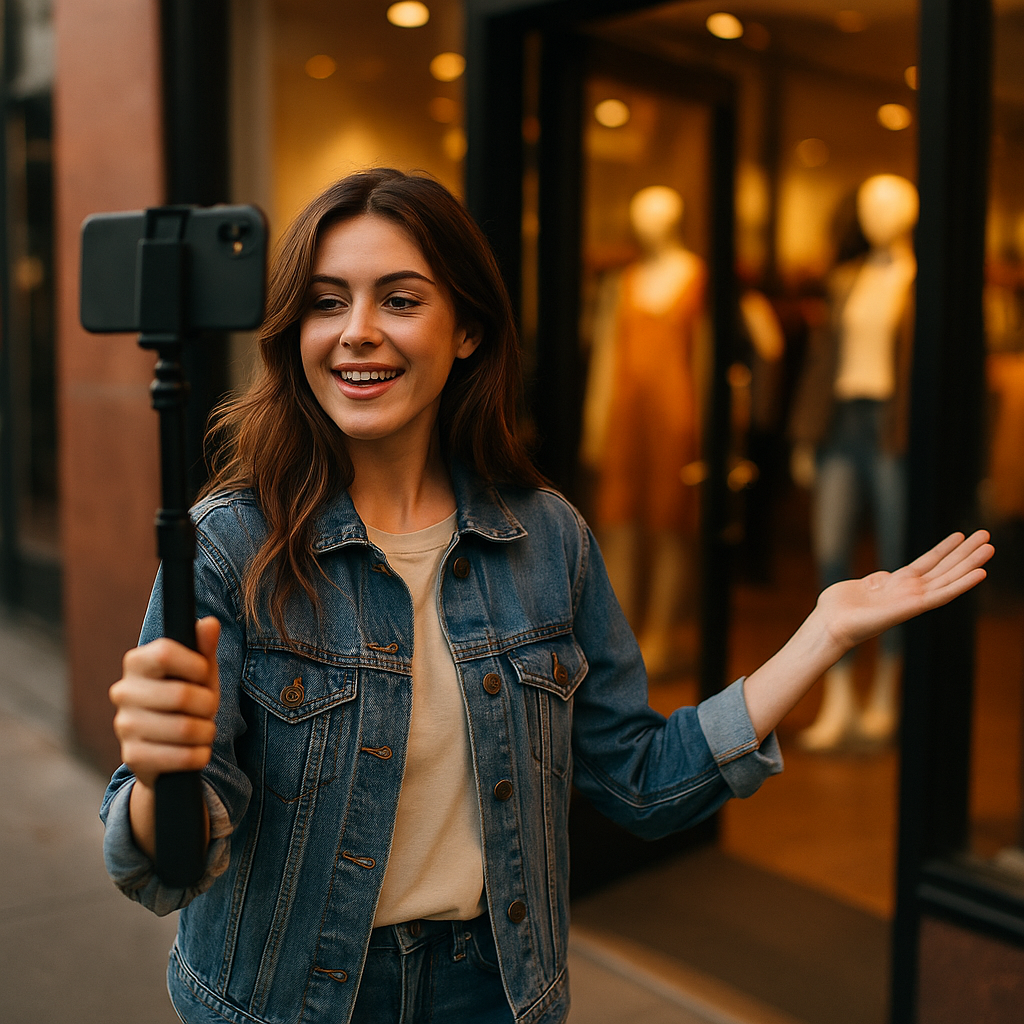Learning how to design an influencer campaign that drives in-store foot traffic is crucial for marketers seeking a competitive edge in 2025. As digital and physical worlds merge, effective influencer strategies can ignite real-life visits and purchases. Explore expert-backed steps, latest best practices, and actionable ideas to transform social buzz into walk-in customers—starting today.
Identifying Your Ideal Influencer Partners for Effective Local Reach
Choosing the right influencers is the foundation of a successful in-store foot traffic campaign. Targeting local micro-influencers has become increasingly effective, with recent data from Statista (2025) showing that 64% of consumers trust recommendations from relatable, community-active personalities more than national celebrities.
- Understand Your Audience: Define your typical in-store customer and identify the social platforms they use.
- Pursue Authenticity: Select creators known for genuine engagement and past partnerships relevant to your brand category.
- Geo-Targeting Expertise: Prioritize influencers with a highly local audience profile. Many TikTok and Instagram creators now share detailed regional analytics.
Collaborate with influencers who regularly share real-world experiences—store visits, shopping hauls, and event content—giving your campaign a higher chance of meaningful local influence.
Crafting Irresistible Offers and Experiences to Boost Store Visits
To drive actual foot traffic, your influencer campaign must offer consumers a compelling reason to visit. Exclusive in-store promotions, limited-time offers, and experiential events stand out in 2025’s promotional landscape. Influencers bridge online excitement and offline action by:
- Announcing exclusive in-store discounts only accessible through a shared influencer code or mention.
- Inviting audiences to influencer-hosted events or product launches at your location.
- Teasing “only at the store” experiences—such as personalized consultations, gift-with-purchase, or exclusive samples.
Use clear calls-to-action (CTAs) in influencer content: “Visit [store address] this week and show this reel for 20% off!” Build excitement and a sense of urgency. Transparent rules and simple redemption processes encourage participation and boost campaign credibility.
Leveraging Social Channels and New Tools for Local Discovery
With Google Maps and TikTok now doubling as local discovery engines, your influencer campaign should capitalize on platform features that drive geographic engagement. In 2025, over 72% of shoppers search for “near me” recommendations via social media before in-store visits.
- Tagged Locations: Ask influencers to geo-tag your store in posts and Stories for higher visibility in local searches.
- Shoppable Content: Use Instagram and TikTok shopping stickers that link to in-store inventory for click-to-visit conversions.
- Brief, Vertical Videos: Focus on mobile-first video content that spotlights unique aspects of your retail location, such as “hidden gem” walkthroughs or mini-experiences.
Consider cross-promoting influencer content on your own channels and via Google Business Profile updates. This enhances reach among the most motivated, nearby audiences and encourages platform algorithms to recommend your location-based content.
Measuring In-Store Foot Traffic and Campaign ROI with Precision
Accurate measurement is central to demonstrating an influencer campaign’s impact on in-store sales. Traditional codes and coupons remain effective, but in 2025, brands increasingly leverage digital analytics paired with real-world data:
- Unique Promo Codes or QR Links: Offer followers influencer-specific codes redeemable in-store for seamless attribution.
- Mobile Check-ins: Utilize social platforms’ check-in or story reply features as proof of in-store attendance.
- POS Integration: Track influencer-driven sales by linking campaign codes directly to your point-of-sale system.
- Location Analytics: Deploy foot traffic analytics tools—such as Wi-Fi tracking or beacon technology—to monitor visitor patterns during the campaign period.
Regularly review all data sources and gather qualitative feedback from staff or customers about campaign awareness. Share learnings and build upon them for continual improvement, ensuring your investment translates into tangible results.
Optimizing Your Influencer Campaign: Lessons from EEAT and Recent Trends
To deliver maximum value—and reflect Google’s 2025 EEAT (Experience, Expertise, Authoritativeness, and Trustworthiness) standards—continually optimize your influencer efforts:
- Prioritize Experience: Feature influencers with authentic experience using your store, products, or services. User-generated content (UGC) is especially persuasive for local audiences.
- Showcase Expertise: Partner with creators who are knowledgeable in your category—whether style trends, tech gadgets, or specialty foods—offering helpful tips to their followers.
- Ensure Authoritativeness: Encourage influencers to reference their past collaborations, in-depth reviews, and store visits, cementing their authority within your niche.
- Emphasize Trustworthiness: Transparency builds trust. Disclose partnerships clearly, share honest feedback, and always deliver promised offers in-store.
Regularly update your tactics to address shifts in social behavior, privacy regulations, and emerging technologies. Consult credible sources and industry leaders for ongoing campaign ideas, ensuring your strategies remain current, ethical, and effective.
FAQs: How to Design an Influencer Campaign That Drives In-Store Foot Traffic
-
How do I choose the best influencers for local foot traffic?
Seek influencers with a strong local following and proven engagement. Review their audience insights and work history for brand fit and relevance to your target demographics. -
What are the most effective in-store offers to use in 2025?
Limited-time discounts, exclusive events, and “show-this-post” rewards all spark urgency. Tailor offers to your audience, ensuring the redemption process is easy and compelling. -
How can I track if influencer campaigns increase store visits?
Use unique promo codes, QR codes, mobile check-ins, and integrated POS tracking. Combine real-time analytics with post-campaign surveys for complete measurement. -
How do I maintain compliance with disclosure and privacy guidelines?
Always disclose influencer partnerships transparently on all content. Align data tracking tools with the latest privacy laws and secure explicit consent where required. -
Can small businesses benefit from influencer campaigns for foot traffic?
Absolutely. Local micro-influencers are highly cost-effective for small businesses, delivering authentic content and direct community influence at manageable budgets.
Designing an influencer campaign that drives in-store foot traffic requires strategic planning, authentic partnerships, compelling offers, and precise measurement. Leverage local voices, align offers with customer interests, and prioritize transparency to transform digital influence into real-world results—one visit at a time.
